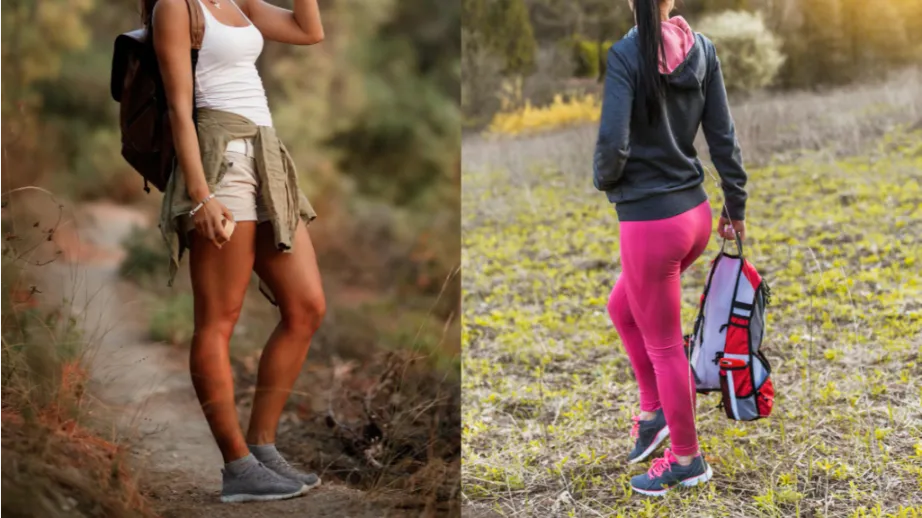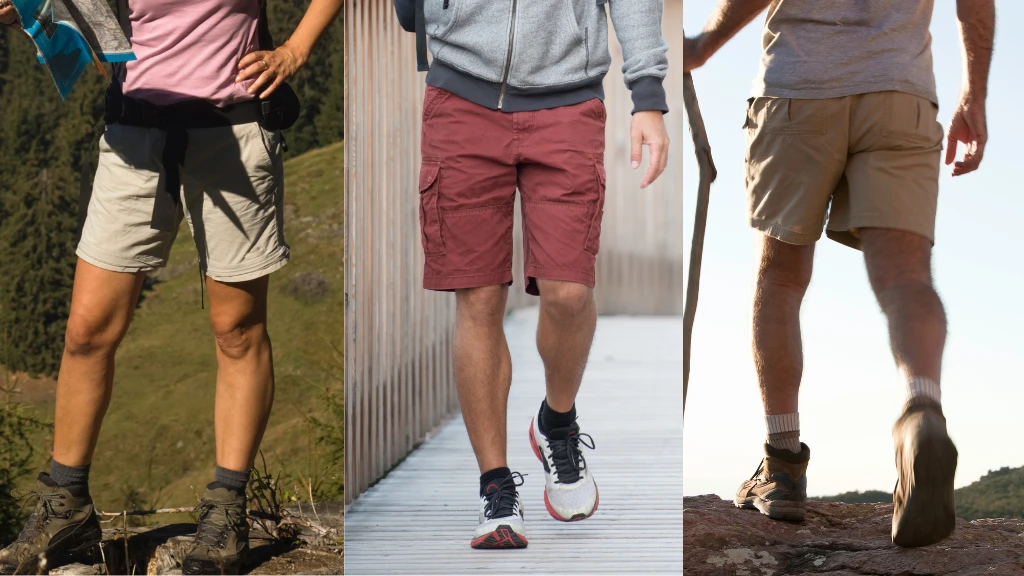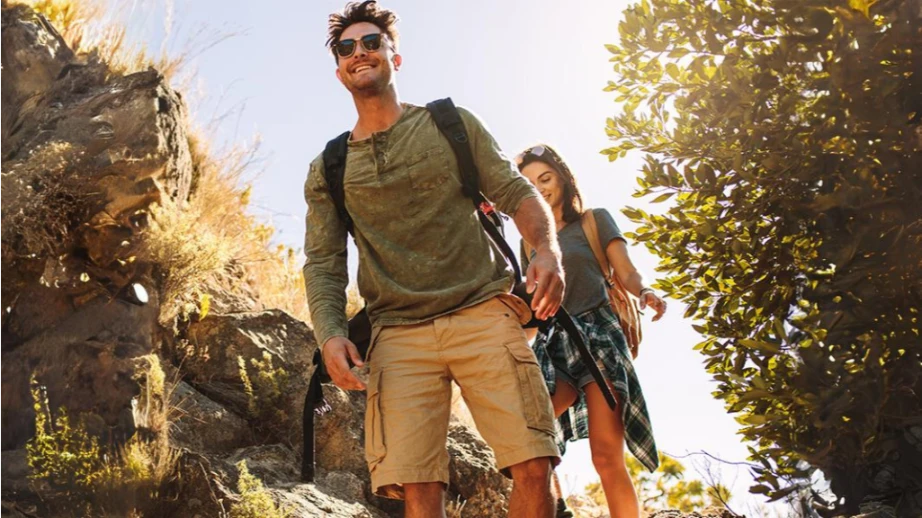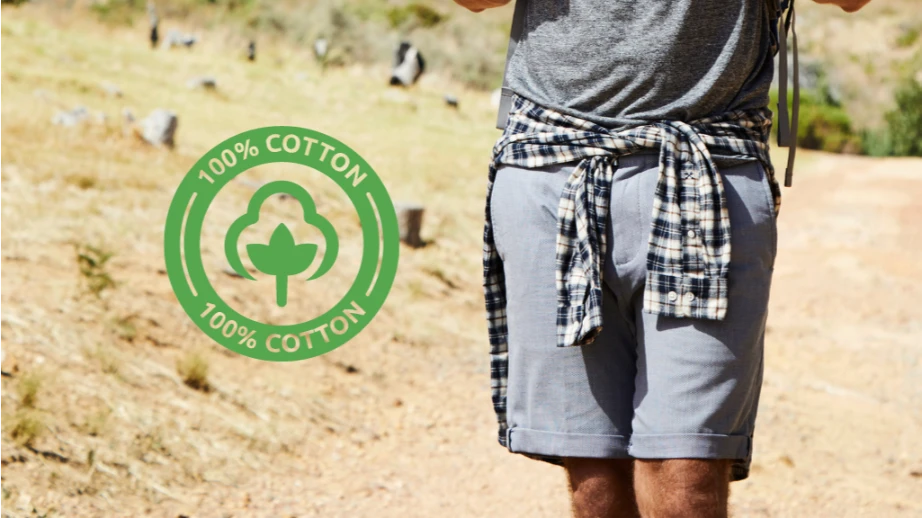Studies show that maintaining a body temperature of 98.6°F directly translates to your effectiveness during physical exertion, including hiking.
Your bottom clothing choices play a significant role in maintaining this body temperature, and one of the key decisions is whether to wear shorts or leggings for your hike.
The general consensus is that shorts are better in temperatures above 75°F, while leggings are preferable under 60°F. That’s because shorts provide better ventilation and allow for more air circulation, keeping you cool in hot weather. Leggings, on the other hand, provide better insulation and keep your legs warmer in colder temperatures.
In this article, we’ll compare the most vital features for hiking and ultimately decide which one takes the crown when it comes to specific features.
Shorts vs. Leggings: Key Features Comparison
Protection
The sun can be a fierce companion on the trail. Fortunately, some leggings offer the best possible UPF 50+ protection that blocks out over 98% of UV rays.
While some of the best shorts also offer UPF 50+, they leave your skin exposed. If you’re trekking in areas where the sun beats down mercilessly, leggings might be a better choice.
Mosquito and Brush Protection
Full-coverage leggings act like a barrier and keep insects at bay. And it’s not just mosquitoes – ticks are out there too, waiting in the tall grasses. Leggings can help protect you from these unwanted hitchhikers.
But what about when the trail gets rough? Brush, brambles, and the dreaded poison ivy don’t care whether you’re enjoying your hike. They’re there, ready to scratch, poke, and irritate. Again, leggings offer that full coverage, creating a shield against these environmental challenges.
But What If You’re a Shorts Enthusiast?
Sometimes, nothing beats the freedom of wearing shorts but that doesn’t mean you have to sacrifice protection entirely.
Whenever I want to wear shorts and need more protection, I use gaiters that cover my lower legs, providing protection from debris, insects, and plants. It’s a simple addition to your hiking outfit but can make a difference.
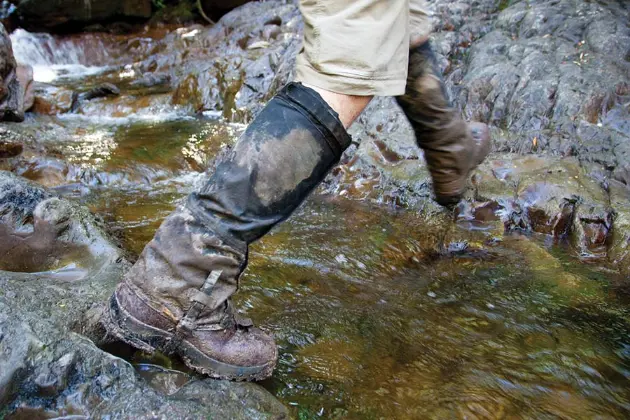
Verdict: Leggings Win
Leggings offer superior protection against the elements, making them a great choice for longer hikes and challenging terrain. However, with the use of gaiters, you can still enjoy the freedom of shorts while maintaining some level of protection.
Breathability and Moisture-Wicking Features
Let’s break down why these features are more than just fancy terms on a label. When we’re traversing valleys, our bodies are working hard, and with hard work comes sweat. The last thing you want is for that sweat to stay on your skin, making you uncomfortable and, worse, causing chafing or rashes.
This is where breathability and moisture-wicking come into play. Fabrics that excel in these areas help draw sweat away from your body to the outer layer of the clothing, where it can evaporate more easily. This helps regulate your body temperature, keeping you cooler on hot days and warmer on cool days.
Breathability Rating: Look for shorts and leggings with a breathability rating of over 5,000 g/m²/24h. This number might seem technical, but it’s actually telling you how much vapor (from your sweat) the fabric can transport from the inside to the outside within 24 hours. The higher the number, the better.
Wicking Speed: Another key factor is the wicking speed, which ideally should be 30 minutes or less. This means that within half an hour, the fabric can move sweat from inside to its surface to evaporate. Both polyester and nylon are champions in this arena, often found in high-quality leggings and shorts designed for hikers.
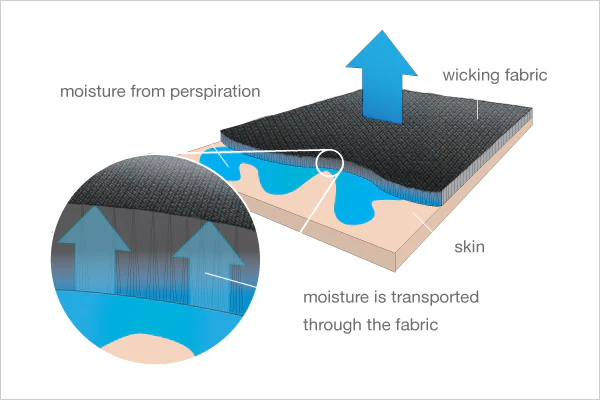
Verdict: Draw
There’s no clear winner as both shorts and leggings can be excellent choices here. Remember, before you hit that “buy” button, take a moment to check the labels and do a bit of research to make sure that the fabric is breathable and moisture-wicking.
Mobility
High-quality leggings feel like a part of you. They’re designed to fit snugly, moving with your body as if they’re your second skin.
I love hiking in my Patagonia Pack Out Tights that feature a stretchy fabric blend that’s perfect for high-stepping moments when you’re scaling a challenging section of the trail.
They even come with a gusset – a piece of fabric inserted in the garment to provide additional room and flexibility, making it easier to move without any awkwardness or discomfort.
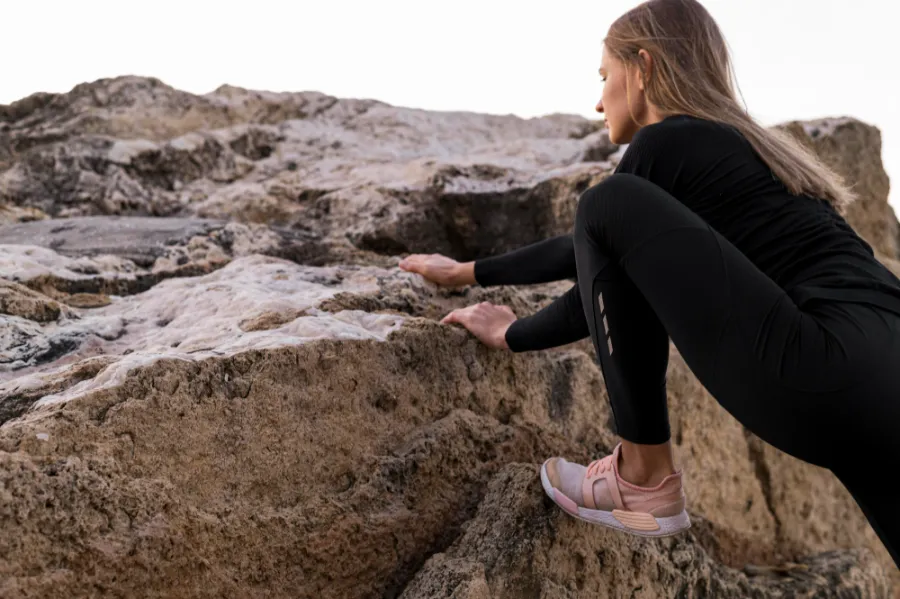
Shorts: Breezy Freedom with a Twist
While shorts may not hug your body like leggings, they offer a kind of freedom and airiness that leggings can’t. Especially on hot, sunny days when the thought of extra fabric makes you sweat. But not all shorts are created equal when it comes to mobility.
The secret? Look for gusseted crotches and 2-way or 4-way stretch fabric. A gusseted crotch adds durability and flexibility, letting you climb, jump, and stride with ease. And stretch fabric ensures that the shorts move with you, adapting to your every action without holding you back.
Verdict: Leggings Win
While both leggings and shorts can offer great mobility, the design of leggings gives them an edge. However, this doesn’t mean shorts should be completely ruled out. When choosing between the two, consider the activity and weather conditions to determine which will provide the most comfort and freedom of movement.
Storage Space
Modern hiking leggings are nothing short of a mini-revolution in design. They’re sleek and fit like a glove, but they also come with secure pockets.
These are usually strategically placed compartments that can hold even bulky phones without making you feel weighed down. However, it’s true that leggings usually offer no more than three pockets.
Shorts: The Cargo Kings
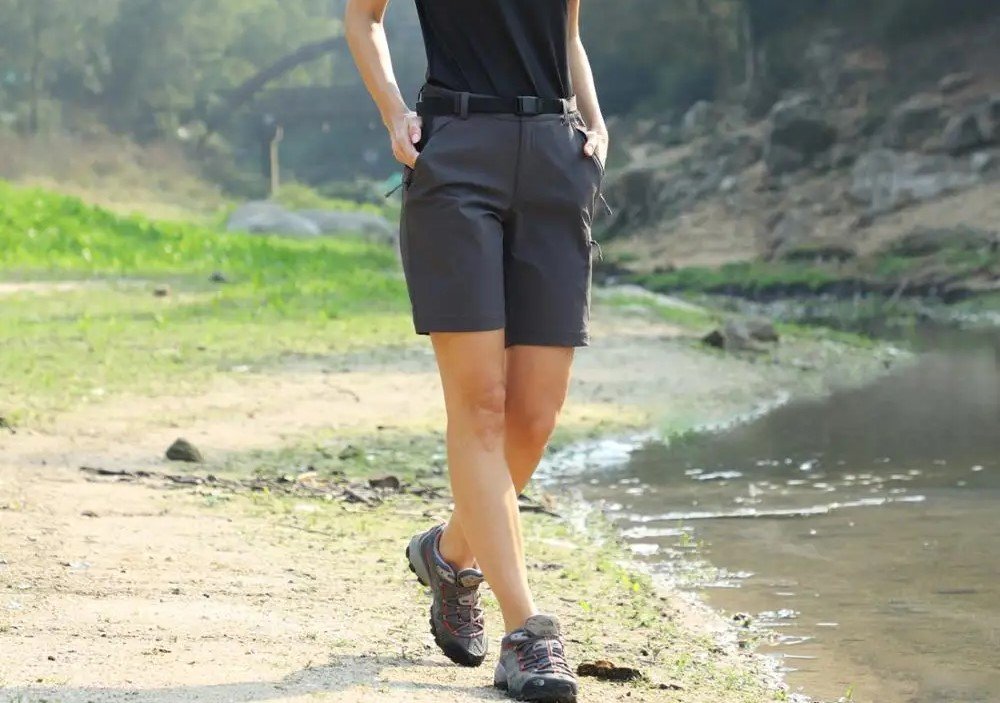
Moving on to shorts, it’s like stepping into a whole new world of storage possibilities. Take the classic REI Co-op Sahara Cargo Shorts, for example, which offer more than six pockets. Yes, you read that right. Six!
These pockets are deep enough to secure whatever you need to carry and you don’t have to worry about items falling out mid-hike, thanks to zipper or Velcro closures.
Verdict: Shorts Win
With numerous pockets and secure closures, you can trust your shorts to carry all your essentials without compromising mobility.
Leggings still have their place for those who prefer a more streamlined look with just enough storage for the bare necessities, but it’s definitely not the level of convenience offered by shorts.
Versatility
At first glance you might think that leggings are only good for keeping your legs from feeling the breeze. But they are also versatile and you can even use them as a base layer.
Let’s say you’re heading out for a hike where you expect the weather to do a full 180°. By wearing leggings under a pair of waterproof pants, you’ve got yourself covered for the cold and the wet.
And if it gets too warm, you can simply shed the top layer. This way, leggings adapt to your needs, making them a versatile choice for hikes where temperatures can swing more than 20°F.
Are Hiking Shorts Versatile?
Let’s now transition to hiking shorts. It’s no secret that their main job is keeping you cool when the heat is on. But does that mean they’re a one-trick pony? Not necessarily.
While it’s true that shorts shine brightest in warm conditions, their versatility shouldn’t be underestimated.
Pairing shorts with the right accessories can extend their utility beyond just the hot days. Think gaiters for protection against brush and ticks, or combining them with a high-SPF, moisture-wicking long sleeve top to balance protection and cooling.
However, when it comes down to sheer adaptability, especially in fluctuating temperatures, shorts naturally have their limits compared to leggings.
Verdict: Leggings Win
Leggings offer an incredible range of adaptability, acting as a cozy base layer or standing alone to keep you comfortable across a wide range of temperatures.
Shorts, while perfect for scorching days, have their limitations but can still be part of a versatile hiking strategy with a little creativity.
Price
A basic pair of hiking shorts without any bells and whistles from a less known brand can set you back about $40. But, if you’re eyeing a top-tier brand like KUHL, REI or Patagonia with all the advanced features, you might be looking at closer to $100.
In comparison, the cost of leggings can range from $50 to $150, depending on the technology incorporated into them. For example, leggings that offer compression benefits, are made from high-tech, durable materials, or have UV protection can be on the higher end of this range.
The most expensive option I tested was the Fjallraven Abisko Trekking Tights HD, priced at $175. In fact, the majority of high-quality leggings are priced at $100+ which means they are often more expensive than even specialized hiking pants!
Verdict: Shorts Win
Shorts have the advantage of being generally more affordable than leggings. This is especially true if you opt for a basic pair from a lesser-known brand. However, if you’re looking for top-of-the-line technology and features, they can end up being just as pricey as leggings.
Conclusion
As much as I hate not providing a clear winner, the truth is, naming one as superior would be misleading. Both leggings and shorts have their place on the trail, offering unique benefits depending on the day, the destination, and your personal preference.
However, if you really pressed me to choose between one option and the other, I’d lean towards leggings for their sheer versatility. They’ve got you covered in a variety of situations.
All in all, don’t be afraid to experiment. Sometimes the only way to truly know what works for you is through good old trial and error.
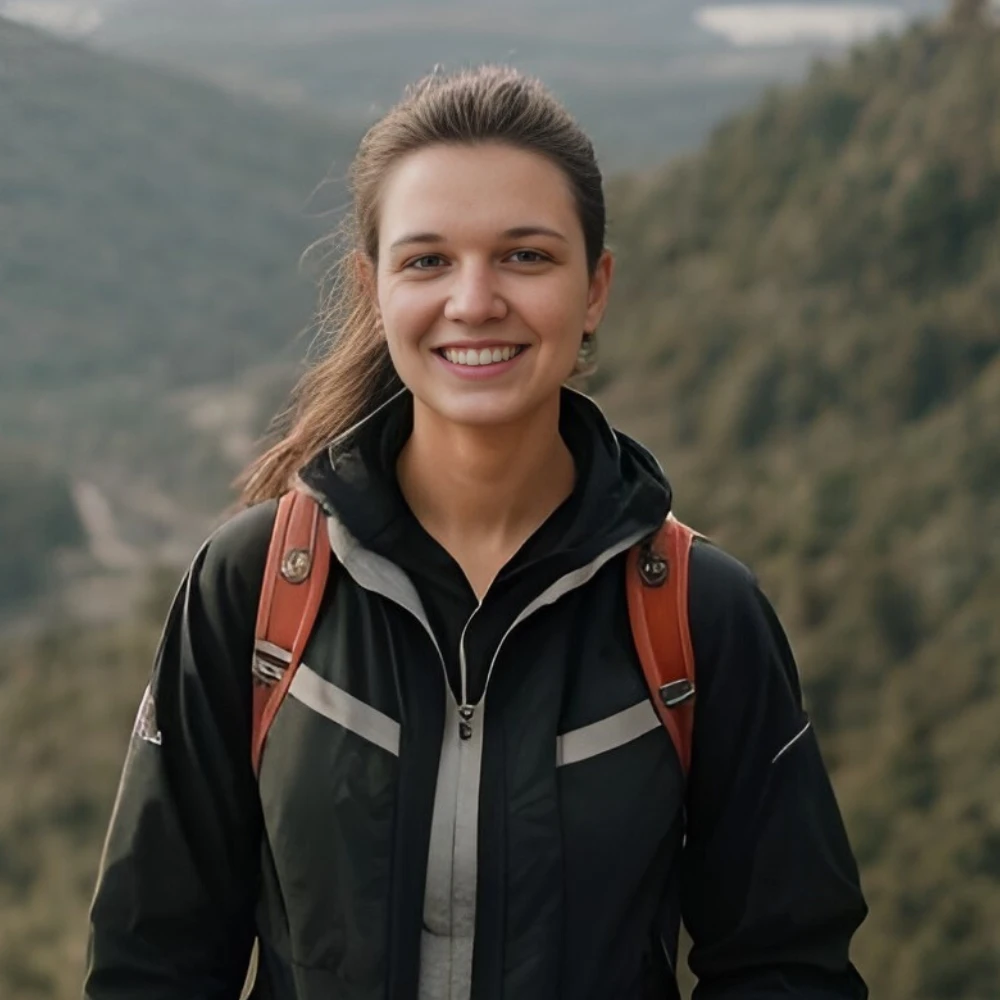
Martha Heller
Hey there! I’m Martha, the face behind BigfootHiking.com – a blog I created alongside my husband Lukas. Originally from Phoenix, I’ve made hiking my life’s passion. With over 100 hikes under my belt in the past 7 years, and still counting, I’m always on the move. One of my proudest achievements was conquering Angel’s Landing in Zion National Park. When I’m not on the trails, you’ll find me tinkling on the piano or lost in my drawings. Drop by our blog for tips, tales, and plenty of trail inspiration!

